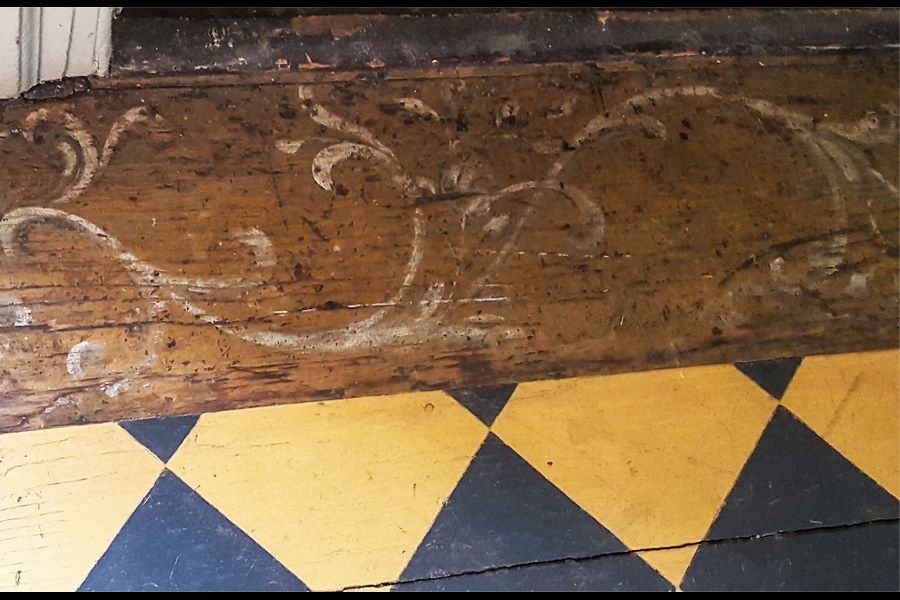When it comes to our built heritage, I am first and foremost a preservationist.
In cases where historic materials, elements or details still exist, it is always my preference to save and preserve the old rather than replace.
Not only is there often a qualitative difference in historic materials and craftsmanship as compared to current-day, there is something more.
Leaning on a mantelpiece that has graced a room for two centuries, grasping a doorknob that has been turned by generations before you, treading on floorboards that have borne the weight of people who are now gone, all impart an indefinable connection with our shared history that cannot be duplicated in any other way.
It is our first charge and responsibility to preserve and restore what has been bequeathed to us.
That said, just how far down this garden path does one wish to walk?
I have had the privilege of visiting a good number of Niagara-on-the-Lake homes built in the first half of the 19th century which boast original pine floors.
These floors have been lovingly restored and then treated to coats of varnish (or polyurethane) to display the golden-yellow glow that only a naturally finished pine can offer. Unfortunately, this beautiful finish is completely wrong from a historical perspective.
Our ancestors, blessed with vast quantities of cheap and available old-growth pine in long lengths, laid their floors with this wood for purely practical reasons.
Despite being a good deal denser than its modern counterpart, the wood was easy to work and they knew the trick to making it durable: lay the boards, leave them unfinished for a few years and walk on them.
This simple act crushed the wood fibres to create a much tougher floor. Once that was done the pine would be painted in either a solid colour or with a geometric design that was occasionally fancied-up by a free-hand or stencilled border.
Of course, for those with more cash in their pocket, leaving the planks unfinished and tacking down a pattern-painted canvas floor cloth to cover them was also an option.
So, there was none of that pretty golden-yellow glow that our modern taste prefers in the houses of this period. Which brings us back to the question of how far toward historical accuracy on the interior of a heritage house should a restoration be carried?
Once preservation is assured, in my opinion, the short answer to this question is that it depends on a variety of factors, including what it is we’re working with and the practicality of the historic treatment in terms of cost, livability and modern sensibilities.
Using our flooring example to examine these factors it might be suggested that the cost of a natural finish versus a painted finish would be roughly equivalent when all things are considered.
On the other hand, our ancestors did not wear high heels and a properly applied buildup of polyurethane (particularly one with an aluminum oxide formulation) will be much more resistant to damage and wear than a painted finish.
Finally, our modern taste generally considers painted plank floors to be rustic and will, almost inevitably, dictate the theme of interior decoration. That's all good if you like something along the lines of a country farmhouse.
However, if we switch our focus to a heritage fireplace mantelpiece, the floor proposition regarding modern taste is turned on its head.
Almost without exception, NOTL’s 19th-century mantelpieces are of materials meant to be painted and, if clear finished, will present as rustic.
All this to say, engaging a restoration designer at the beginning of your project is very wise.











